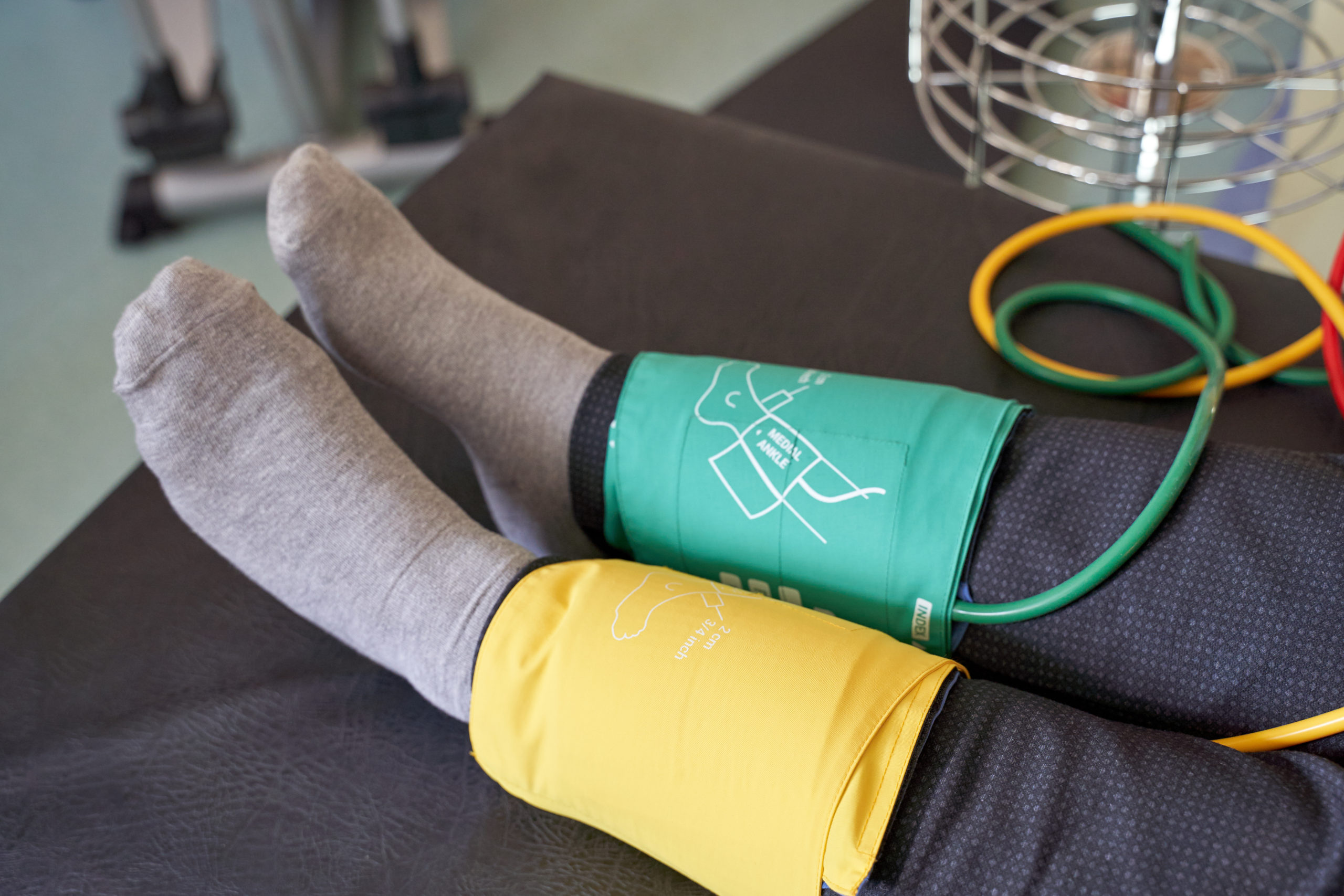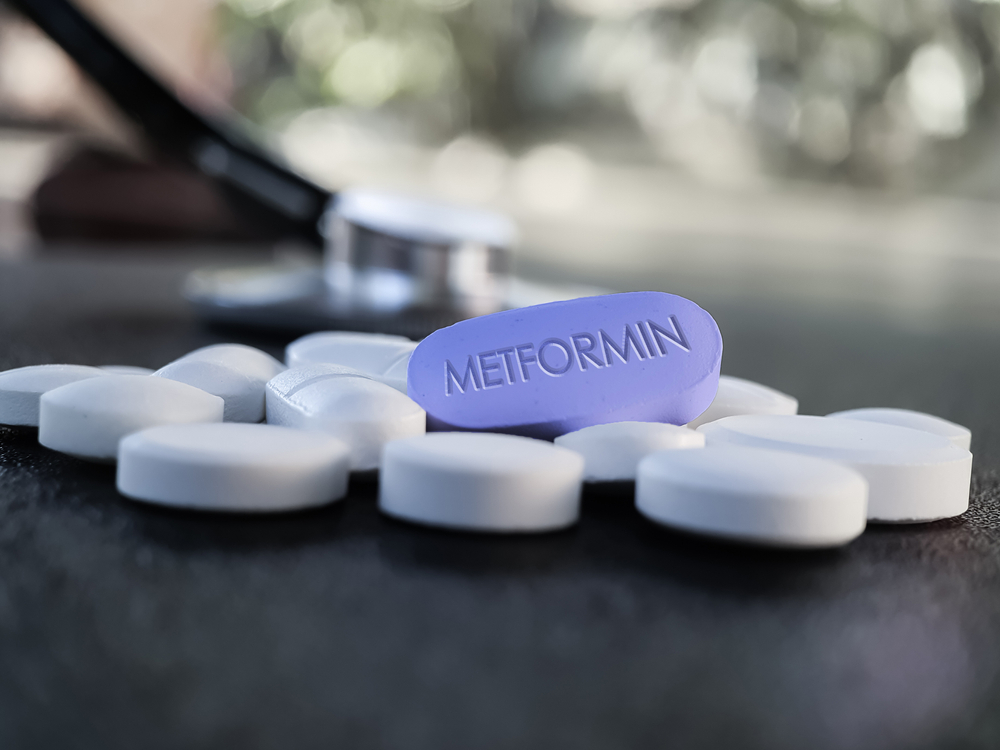
Anemia associated with chronic kidney disease (CKD) becomes more prevalent and severe as kidney function decreases. Patients with CKD who do not require kidney replacement therapy who experience a decrease in serum ferritin, low concentrations of iron, and reduced transferrin saturation (TSAT) are in negative iron balance. Oral of intravenous (IV) iron-replacement therapies are used to replenish iron stores and correct anemia in patients with iron-deficiency anemia.
IV iron is used when oral agents are ineffective or not tolerated or when the level of iron deficiency exceeds what oral agents can deliver. Limits to IV administration of iron include venous access problems, reactions at the injection site, and, rarely, anaphylaxis. Oral ferrous compounds are readily available and widely used, but according to Pablo E. Pergola, MD, PhD, and Nelson P. Kopyt, OD, the iron in those preparations may be poorly and variably absorbed.
Ferric maltol is a complex of ferric iron and maltol (3-hydroxy-2-methyl-4-pyrone), a naturally occurring sugar derivative in many food products and stable at physiologic pH. Results of previous studies demonstrated a favorable benefit-risk ratio for ferric maltol during treatment for up to 1 year in patients with iron-deficiency anemia in the context of inflammatory bowel disease.
Drs. Pergola and Kopyt conducted a study designed to evaluate the effects of treatment with ferric maltol for up to 1 year in patients with stage 3 or 4 CKD and iron-deficiency anemia. Results of the phase 3, double-blind, randomized, placebo-controlled trial (AEGIS-CKD) and open-label extension were reported in the American Journal of Kidney Diseases [2021;78(6):846-857]. The study was funded by Shield Therapeutics (UK) Ltd.
Trial participants were adults with stage 3 or 4 CKD and iron-deficiency anemia at 30 centers in the United States. Participants were randomized 2:1 to receive oral ferric maltol at 30 mg or placebo twice daily for 16 weeks, followed by ferric maltol at 30 mg twice daily for up to 36 weeks for all participants. The primary outcome of interest was the change from baseline in hemoglobin level at week 16. Secondary outcomes included change from baseline in ferritin, TSAT, and serum iron, as well as safety.
A total of 167 patients underwent randomization between December 2016 and October 2018 (intent-to-treat population). Of those, 111 were randomized to the ferric maltol group and 56 were randomized to the placebo group. A baseline, the two groups were similar in demographic and clinical characteristics.
From baseline to week 16, the mean change in hemoglobin was 0.6 g/dL in the ferric maltol group and –0.1 g/dL in the placebo group, for a statistically significant difference between the two groups (least-squares mean, 0.5 g/dL; 95% confidence interval, 0.1-0.9; P=.01). Improvements in hemoglobin were seen consistently with ferric maltol versus placebo regardless of estimated glomerular filtration rate (eGFR). The difference was more pronounced in the subgroup with eGFR above 30 mL/min/1.73 m2. In patients with baseline ferritin of ≤250 ng/mL, the difference between groups favored ferritin maltol, but was reversed in the subgroup with baseline ferritin >250 ng/mL (that subgroup included very few patients).
At week 16, 20% of patients (n=22) in the ferric maltol group and 9% of patients (n=5) in the placebo group had an increase in hemoglobin of at least 1 g/dL; seven of the 22 patients in the ferric maltol group had an increase of at least 2 g/dL compared with none in the placebo group. In the ferric maltol group, 27% of patients (n=30) had hemoglobin concentrations of at least 11 g/dL at week 16, compared with 13% (n=7) in the placebo group.
In the ferric maltol group, ferritin, TSAT, and serum iron values all increased from baseline to week 16; those values declined in the placebo group. The differences between groups were not statistically significant, however. In the ferric maltol group, the increase in iron storage parameters was achieved regardless of the degree of underlying chronic inflammation, reflected by high-sensitivity C-reactive protein analysis.
The improvements in hemoglobin in patients in the ferric maltol group during the double-blind treatment period were maintained with continued open-label ferric maltol to week 52; the total increase in hemoglobin from baseline to week 52 was 0.7 g/dL. In the group moving from placebo in the double-blind period to ferric maltol in the open-label period, changes in hemoglobin mirrored those seen with ferric maltol in the double-blind treatment period, with a total increase of 0.5 g/dL by the end of the study.
During the double-blind treatment period, the proportions of patients in the two groups who experienced treatment-emergent adverse events and serious adverse events were similar. In each group, the most frequent adverse events were gastrointestinal disorders (randomized phase: 41% in the ferric maltol group vs 30% in the placebo group; open-label phase: 56% vs 46%, respectively). Adverse events deemed related to the study drug occurred in 19% of patients (n=21) in the ferric maltol group and 11% of patients (n=6) in the placebo group.
In seven patients in the ferric maltol group and five in the placebo group, adverse events led to treatment withdrawal during the double-blind treatment phase, and in 11 patients during the open-label extension.
Heterogeneity in ferritin levels at baseline in the two groups, the high proportion of female participants, and the single-arm open-label extension were cited by the authors as limitations to the study findings.
In conclusion, the researchers said, “The AEGIS-CKD trial shows that oral ferric maltol raises and sustains hemoglobin to provide iron for erythropoiesis in patients with eGFR as low as 30 mL/min/1.73 m2; even in those with more severe CKD and a higher contribution of erythropoietin insufficiency, there may still be a benefit. Furthermore, ferric maltol provides significant and sustained increases in iron storage indices, providing long-term control of iron-deficiency anemia. In this population, ferric maltol was generally well tolerated, with a low rate of discontinuation due to adverse events. A drug such as ferric maltol that is able to replace and restore iron, that is orally administered, and that patients are able to tolerate will provide a clinically relevant treatment option for patients with moderate-to-severe CKD and anemia due to iron deficiency.”
Takeaway Points
- Patients with chronic kidney disease (CKD) not requiring kidney replacement therapy commonly experience iron-deficiency anemia; researchers conducted a study to assess the effects of oral iron replacement therapy with ferric maltol in that patient population.
- There was an association between ferric maltol and a statistically significant and sustained increase in hemoglobin and iron indices in patients with CKD and iron deficiency.
- Ferric maltol was well tolerated during treatment for up to 52 weeks.







 © 2025 Mashup Media, LLC, a Formedics Property. All Rights Reserved.
© 2025 Mashup Media, LLC, a Formedics Property. All Rights Reserved.